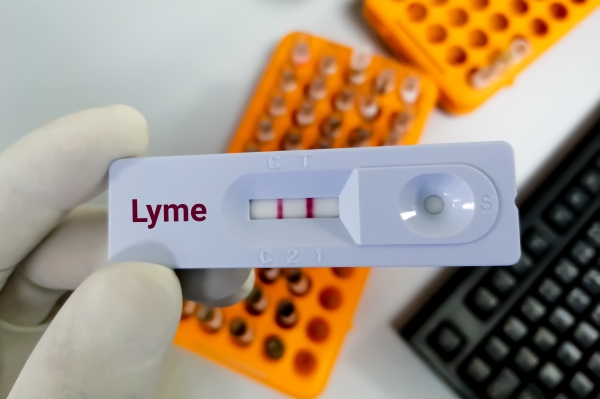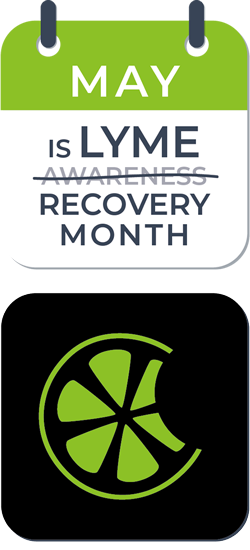If you were recently diagnosed with Lyme disease, it’s essential to understand the three stages of the illness and corresponding treatment options. This blog post will give an overview of each stage and offer tips for managing your condition. This information will help you feel more confident in your wellness plan and better equipped to manage Lyme disease. Thank you for reading!
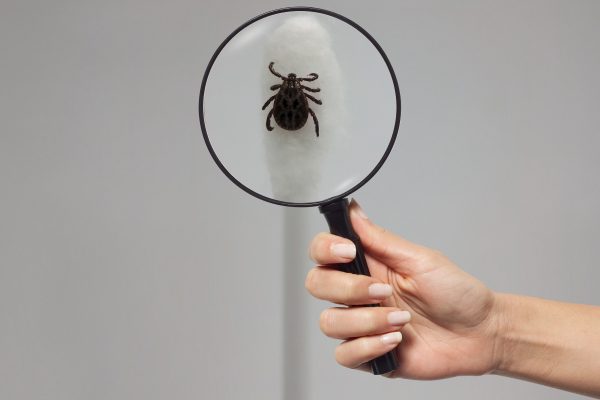
What is Lyme disease?
Lyme is a bacterial infection transmitted to humans through an infected tick bite. Borrelia burgdorferi is the bacteria that causes Lyme disease. It is found in various animal reservoirs, including rodents, deer, and birds. When an infected tick bites a human, the bacteria can enter the bloodstream and multiply. Lyme disease affects people of all ages. But it is most commonly seen in children and adults between the ages of 20-50.
Lyme disease has three stages which are early localized, early disseminated, and late disseminated. Each stage is associated with different symptoms and treatment options. Seek medical care immediately if you think you may have Lyme disease, as early diagnosis and treatment are critical to preventing long-term complications.
The Three Stages of Lyme Disease
Stage 1: Early localized infection
A localized infection characterizes the first stage of Lyme disease at the tick bite site. The most common symptom of early localized Lyme disease is an erythema migrans (EM) rash, which occurs in approximately 70-80% of cases. The EM rash typically appears as an expanding red area around the tick bite site, often with a bulls-eye appearance. Other early localized Lyme disease symptoms may include fatigue, headache, fever, chills, joint and muscle aches, and swollen lymph nodes.
If you think you may have early localized Lyme disease, it’s important to visit a healthcare provider. The earlier the infection is caught, the easier it is to treat. If Lyme disease is not treated in its early stages, the infection can spread to other parts of the body and cause more severe health problems.
Stage 2: Early Disseminated Lyme Disease
The second stage of Lyme disease, early disseminated infection, occurs when the bacteria spread from the tick bite site to other body parts through the bloodstream. This stage of Lyme disease usually occurs 1-4 weeks after the initial tick bite. Symptoms of early disseminated Lyme disease may include EM rash on other areas of the body, fatigue, fever, chills, headache, muscle and joint aches, facial palsy ( paralysis of the muscles in the face), and heart problems.
Lyme disease is treated with antibiotics in its early stages. If you think you may have early disseminated Lyme disease, it’s important to see a healthcare provider as soon as you can so you can begin treatment and prevent further complications.
Stage 3: Late Disseminated Lyme Disease
The third stage of Lyme disease, late disseminated infection, occurs when the bacteria spread throughout the body and cause more severe health problems. This stage of Lyme disease usually occurs several months to years after you get the initial tick bite. Symptoms of late disseminated Lyme disease may include EM rash on other areas of the body, fatigue, fever, chills, headache, muscle and joint aches, facial palsy (paralysis of the muscles in the face), neuropathy (nerve pain), and memory problems.
Tips for Managing Lyme Disease
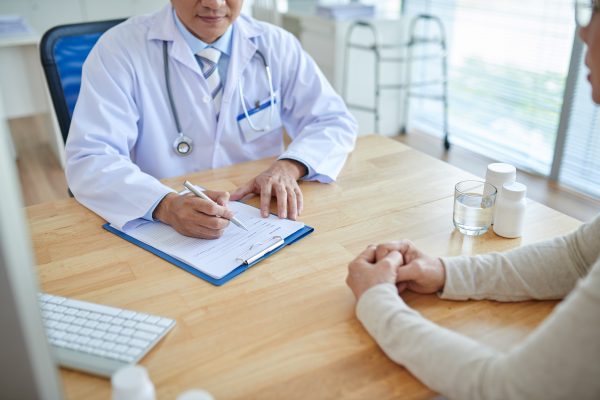
1. See a doctor as soon as possible. It’s better to do this as early as possible, even though you are not sure if a tick bit you. Lyme disease is most effectively treated in its early stages, so prompt diagnosis and treatment are important to prevent long-term complications.
2. Get plenty of rest. Lyme disease can be a physically and emotionally draining illness. Getting plenty of rest is important so your body can heal and recover more quickly.

3. Eat a healthy diet. Eating a healthy diet will help boost your immune system and give you the energy you need to fight off infection. Be sure to eat plenty of whole grains, lean protein, and vegetables. You should also drink lots of fluids.

4. Exercise regularly. Exercise can help improve your overall fitness, increase energy levels, and reduce stress. It’s crucial to find an exercise routine that works for you and stick with it during your treatment.
5. Take your medications as directed. It’s vital to take your medications as prescribed by your healthcare provider. Be sure to finish all your medication even if you start to feel better, as this will help prevent the infection from returning.
6. Try alternative options like WAVE 1. WAVE 1 is groundbreaking bioenergetic technology that helps lessen the devastating symptoms of Lyme disease. It is a bioenergetic wearable device that helps restore cellular communication in the body making your immune system stronger. Find out more about WAVE 1 and its benefits.
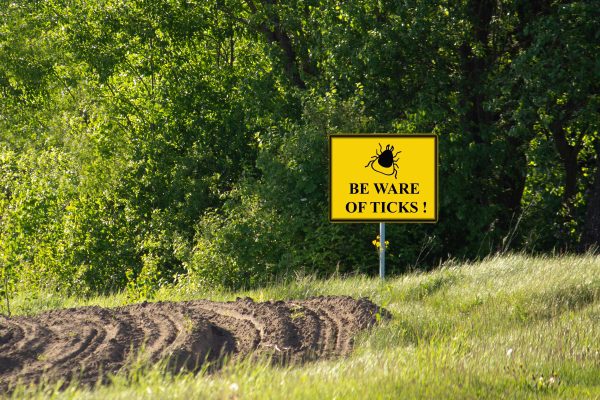
7. Avoid tick bites. The best way to prevent Lyme disease is to prevent tick bites in the first place. When spending time outdoors in areas where ticks are common, be sure to wear long pants and long sleeves, and use an insect repellent that contains at least 20% DEET. Always make sure to check your body for ticks after spending time outdoors, and remove any ticks that you find immediately.
8. Be familiar with the symptoms of Lyme disease. The earlier Lyme disease is diagnosed, the easier it is to treat. Get yourself informed with the symptoms and signs of Lyme disease so you can be proactive on your health status.
9. Stay positive. Lyme disease can be a complex illness to deal with, both physically and emotionally. It’s crucial to stay positive and keep a good outlook throughout your treatment. Seek support from family and friends, and consider talking to a counselor or therapist if you struggle.
Conclusion
Lyme disease is a serious infection that can have long-term effects on your health if not treated properly. There are three stages of the disease, and early diagnosis and treatment are crucial to preventing more serious problems. You don’t have to suffer from Lyme disease symptoms – there are practical tips in this post that can help you manage them, as well as information about WAVE 1, an effective holistic approach for Lyme disease. Check out WAVE 1’s website to learn more about this revolutionary new product and how it can help you or someone you love overcome Lyme Disease.
